Photo Post Of The Week
In which we go to Whitby
Last month we popped back up north, for a family wedding; and fitted in a side trip to Whitby.
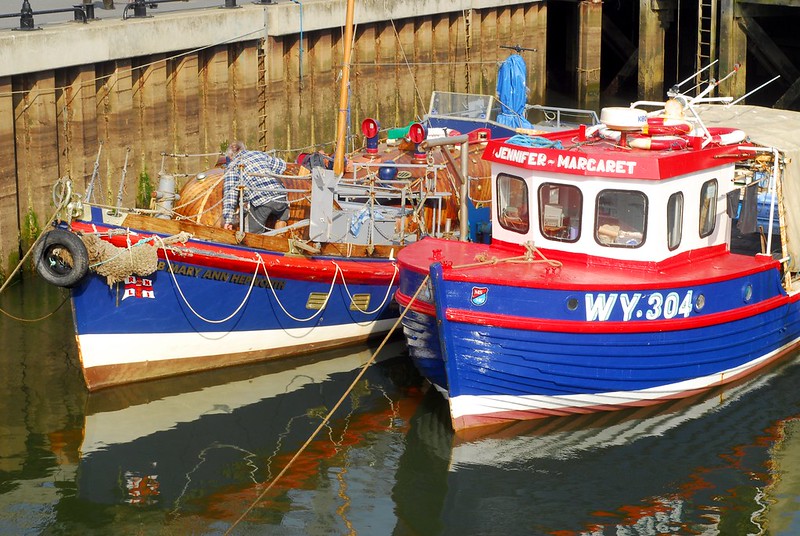
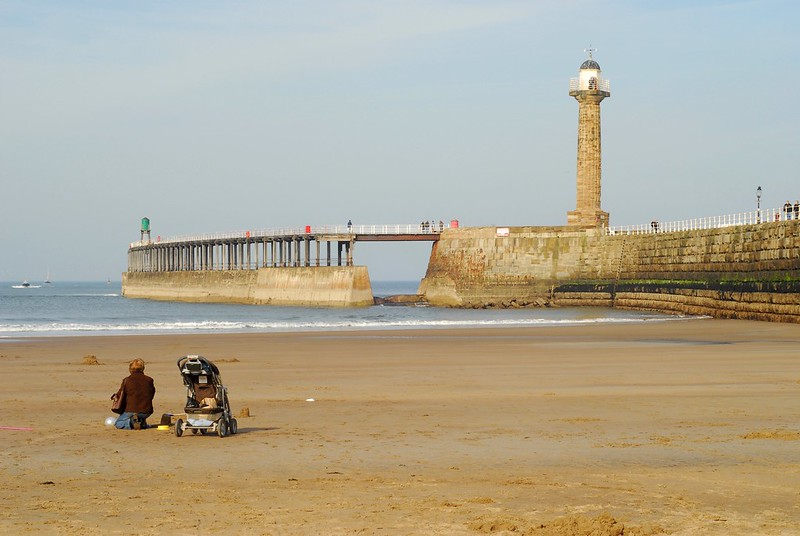
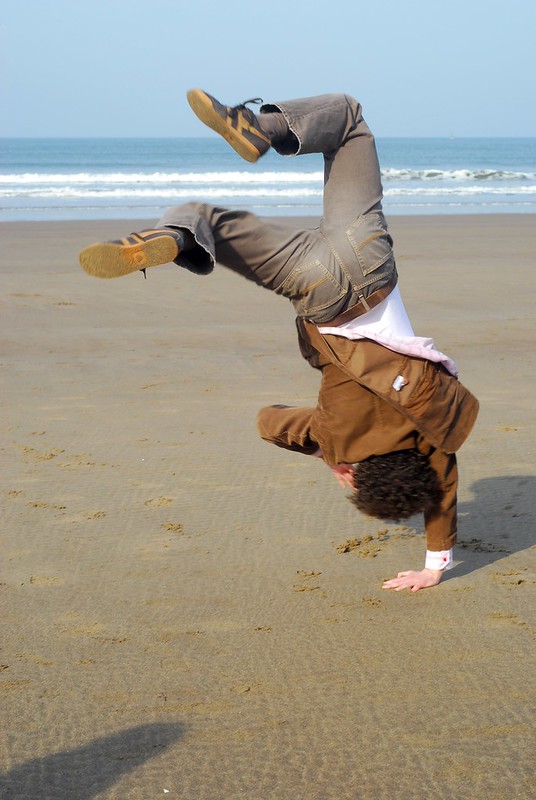
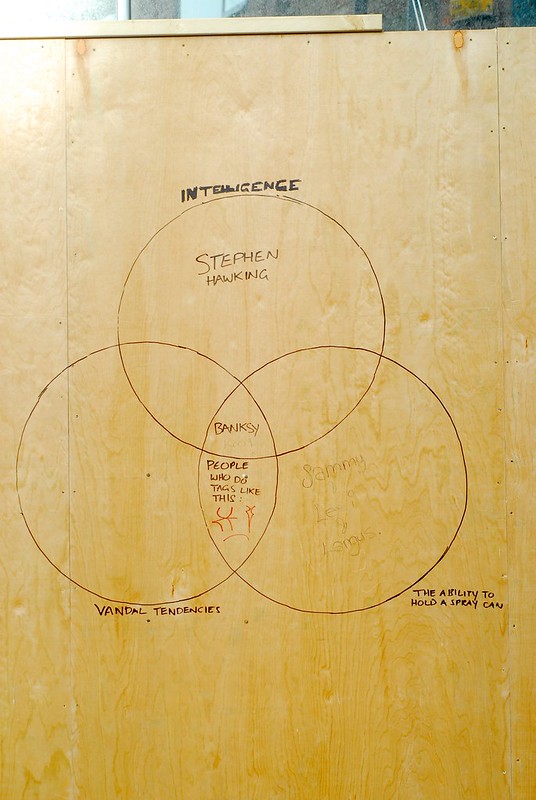

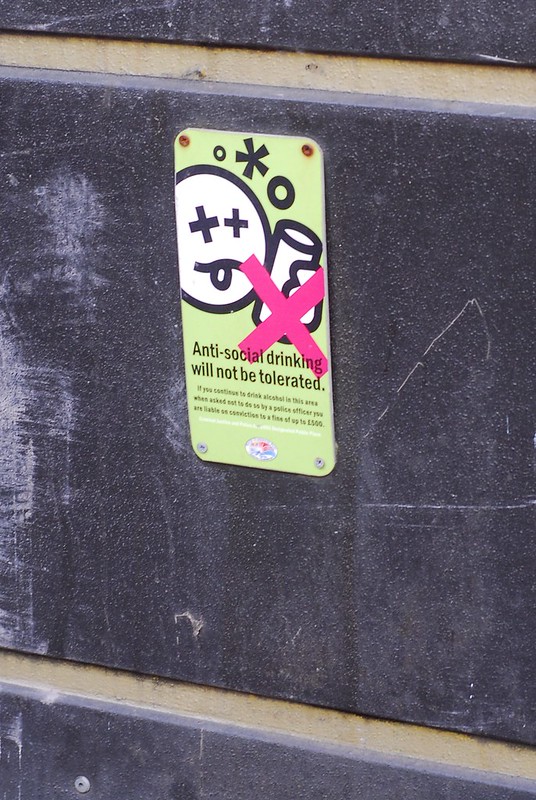

A homage to loading screens.
In which we go to Whitby
Last month we popped back up north, for a family wedding; and fitted in a side trip to Whitby.






In which things turn to treacle
I’ve noticed, over the past few months or so, that sometimes this site seems to load rather slowly. The slow periods didn’t seem to match any spikes in my own traffic, though, so I didn’t see that there was necessarily much I could do about it; moreover, as it wasn’t this site’s traffic that seemed to be causing the problem, I wasn’t under any obligation to do anything about it.
As I’ve mentioned before, a few months back I switched to Google Analytics for my statistics-tracking. Which is all well and good; it has a lot more features than I had available previously. Its only limitation is: it uses cookies and Javascript to do its work. Because of that, it only logs visits by real people, using real browsers,* and not spiders, robots, RSS readers or nasty cracking attempts. Often, especially if you’re a marketing person, that’s exactly what you want. If you’re into the geekery, though, it can cover up what’s exactly going on, traffic-wise, at the server level.
Searching my logs, rather than looking at the Google statistics, showed that I was getting huge numbers of hits for very long URLs, consisting of valid paths joined together by lots of directories named ‘&’:
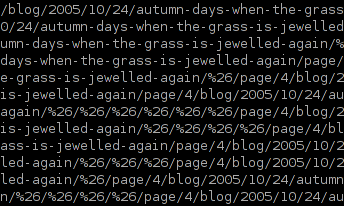
That’s a screenshot of a single request in the logfile – the whole thing being about 850 characters long. ‘%26′ is an encoded ‘&’ character. Because of the way WordPress works, these things are valid URLs, and requests for them were coming in at a pretty fast rate. Before long, the request rate was faster than the page generation time – and that’s when the problem really starts to build up, because from there things snowball until nobody gets served.
All these requests were coming from a single IP address, an ordinary consumer type of address in Italy.** Moreover, the user-agent was being disguised. Each hit was coming in from the same IP address, but with a different-but-plausible-looking user-agent string, so the hits looked like a normal, ordinary browser with a real person behind it.
The problem was solved fairly easily, to be honest; and the site was soon behaving itself again. It should still be behaving itself now. But if you came here yesterday afternoon and thought the site didn’t seem to be working very well, that’s why it was. I’m going to have to keep an eye on things, to see if it starts happening again.
* and only if they have Javascript enabled, at that, although I know that covers 99% of the known world nowadays.
** which made me think to myself: “I know I’ve pissed people off … but none of them are Italian!”
In which we have an arty weekend, and get inspired
A bit of an arty weekend for us – well, an arty Sunday at least.
First off, the Bristol Artist’s Book Event – or, BABE – at the Arnolfini. The whole gallery was turned into a market for the weekend, so that people working in the field of “artists’ books” could sell their wares. Even though we couldn’t afford to buy very much, it was interesting just to treat the event as an art exhibit in itself. I’m not sure I want to become an artist’s book collector, in any case; for one thing, I wouldn’t have a clue how to file half of the things on display. They are wonderful objects to appreciate in their own right, though; hand-made, hand-bound, artisan objects. They are something I could make myself, if I had a mind to it – well, possibly not the hand-bound books, but you know what I mean. Anything can be art, after all, if made with an artistic event or viewed with an artistic sensibility. My eye was drawn to a folded concertina of a book,* a book of photographs produced by walking through a city and taking photos looking upwards at predetermined intervals. Too few people look up as they walk the world; I had trouble recognising all of the locations even though it was an area I knew well. It unfolded like a little Box Of Delights, drawing the reader in, yet fiddly to use with clumsy mind and fingers.
In the Arnolfini, we were hailed by a sandwich-board chap, laden with all sorts of things,** and a big sign saying “DRINK MORE GIN!” He gave us fliers for a corresponding exhibition at the Central Library, to go alongside BABE. We wandered across to College Green to find it, which was easier said than done. The exhibition, of artists’ books from the city library’s art collection, was squirrelled away in a conference room, in a part of the Reference Library normally well out of the public eye. When found, though, it was excellent, partly because the city library has a very good collection, and partly because of the access visitors got. We were free, under the invigilator’s beady eye, to pick the things up, read them, investigate them; quite an awkward job given the nature of some artists’ books, needing to be unpackaged and unfolded and probed gently but persistantly. The collection was biased mainly towards the last 20 years, but there were some earlier things; a pamphlet with Eric Gill illustrations, for example.*** Some were up-to-the-minute: things we’d seen on sale at the Arnolfini a few minutes before.
Finally, wandering into the Old City, we saw a placard for a temporary exhibition at the Centrespace Gallery, on Leonard Lane, tricky to find if you’ve never been before, as Leonard Lane is barely more than a doorway in a wall. You can tell it’s a street, though, because it has double yellow lines along both sides, despite being so narrow that most people could probably touch the walls on both sides at the same time at many points. The exhibition was “Dark Stars and Bleeding Hearts”, an art show by a local artist we’d not heard of before, deadgirl, also known as Keri Gardom. You can see examples of her art on her website:**** it’s brightly-coloured acrylic illustration between black outlines. The most common tag on her website gallery seems to be “morbid”; and she really should consider selling prints of her work, as well as originals. They’d sell in their thousands to “alternative” teenagers who can’t afford to spend £250 on a painting. What caught my eye, though – apart from the free sweets for visitors – was her palette. Not the selection of colours in her work, but her physical palette, sitting next to her easel in the middle of the room. It was piled up thickly with layers and layers of used paint, two or three inches deep. I wanted to take a picture; but she was busy talking to somebody else, I didn’t want to interrupt, and taking a picture of her palette without asking would be far too intrusive – like posting a photo of someone else’s desk.
In general, we felt inspired. Inspired to do things, ourselves, to get creative, to finish off our current artcraft projects. We almost went back to the Arnolfini, where one of the stalls at BABE was selling used printing blocks and sets of type. Not that we have a press, or forms, or anything else that printers need, but vintage typography can be beautiful, and the type itself even more so. Expect the Symbolic Forest Press to make an appearance one of these years, even if we don’t quite manage hand-printed or hand-bound hardbacks straight away. The world is creative, and we can be creative too.
* Unfortunately, me being me, I didn’t get the artist’s name
** although the only things that I can remember dangling off him were stripy paper bags
*** Unfortunately, me being me, I didn’t get the writer’s name.
**** Update, September 3rd 2020: the website appears to be no longer online.
In which we look at the detailed plans of the Guided Busway
Long-term readers will recall that, particularly last November, I’ve been covering the local guided busway developments: to whit, the West Of England Partnership, the quango which is, you could say, the haunting ghost of Avon County Council, and its plans to turn an old railway line into a private buses-only road. Sort of. Railway lines, of course, aren’t generally wide enough for that sort of thing; so they will mostly be building half a road.
Well, all has been quiet for a while; the consultation was completed, and the Partnership wrote off to the Department for Transport to say “can we have some money, please? Oh, go on.” A reader of this site, the other day, tipped me off to the fact that WEP have published their persuasions on their website. So, finally, we can read all the details which were conspicuously absent from the public consultation documents.
Firstly, there seems to be a change as to where the money is coming from. In the past, it was mooted that this application would be to the Transport Innovation Fund,* and therefore would need to have a congestion charge element to it. That’s not the case: the application is for Major Scheme Funding. So, no congestion charge: nothing is going to be done directly to reduce traffic. All we get is a new, shiny, park-and-ride service which replaces the still-shiny existing park-and-ride service, but serving Spike Island instead of Hotwells.
Secondly, it includes documentation on service frequencies. And half of the buses using the route won’t be the shiny new “Rapid Transit” buses; they’ll be the same old buses to Weston and Nailsea that already exist. Another thing which isn’t going to make the guided busway scheme any friends: it’s being marketed to the government as the first stage of a Rapid Transit Network, in which it becomes the Ashton Vale-Emerson’s Green route. In other words, the old let’s-pave-over-the-Railway-Path scheme which attracted large amounts of protest.
One of the most interesting bits, though, is the detailed plan of the new route. We learn, for example, that the rather worn and tired old swing bridge across the New Cut is to be “refurbished” – it sounds cheaper, after all – with a new footbridge alongside it. The small Butterfly Junction nature reserve is to be flattened and paved over – it isn’t even marked on the maps – and the Bristol Harbour Railway’s stop there is to be replaced by a new one.
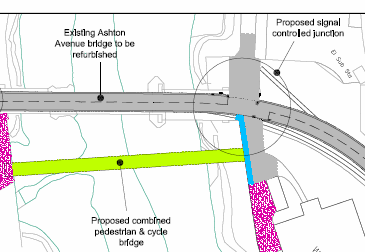
The Bristol Harbour Railway is where it gets most silly. The plans finally confirm what was hinted at in the consultation: it is to be turned into a tramway, with buses running on top of it. According to the bid documents:
The tracks for the heritage railway will be retained to provide for seasonal Sunday services and events such as the Harbourside Festival. When these infrequent events occur, services will run on Cumberland Road.
In other words, trains on the Harbour Railway will run on about half as many days as they do now, and along a tramway, which doesn’t quite tally with what my local councillor has told me in the past. As the railway is only just wide enough for one bus, one bus there will be; outbound buses will run along the road all the time, not just on Sundays. To squeeze under Cumberland Road and keep the cycle path, the busway will be narrowed to a single-track road/tramway with traffic lights.
One of the vaguest parts of the consultation documents was: what happens at Prince St Bridge, which isn’t currently strong enough and probably not wide enough to take buses. The consultation map was hard to read; the Evening Post reported that there would be a new bridge. Some people suspected that the current “trial” arrangement of having cars on one side of the bridge and pedestrians on the other was a taste of things to come, ready for the guided bus scheme. Well, it turns out they were right.
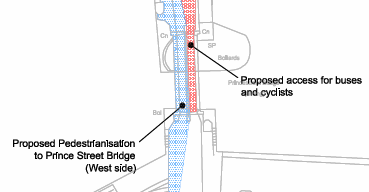
Red in that diagram means “bus lane”. Prince St Bridge will be closed to cars; with this scheme, it will be divided between pedestrians on one carriageway, and buses and cyclists on the other. Instead of cyclists being able to run into pedestrians whilst dodging opposing traffic, as now, they’ll be able to get flattened by buses instead. It’s also quite hard to work out how much money has been set aside for Prince St Bridge works, because the costs aren’t itemised very clearly – indeed, the surveyors who reviewed the WEP costings also had trouble on that point.
I don’t think the busway scheme is going to go ahead. That’s partly because the funding bid includes a convenient “low cost alternative” scheme. It is, essentially, the same scheme, same nice new buses, new bus stops, but using the existing park-and-ride route with no new infrastructure. The funding bid says:
A key element of the [Low Cost Alternative] route is the avoidance of the main bridge structures at Ashton Avenue and Prince Street … in order to reduce the construction costs.
The infrastructure will, they say, halve travel times along the park-and-ride route. Whether the Department for Transport think that that will make it worth the money remains to be seen. I’m not convinced they’re going to go for it. In a few months, though, we will all find out.
* as you can see from this Joint Transport Forum presentation released under FOI. Thanks to correspondant Gareth for pointing me to that URL.
In which we consider the people who take to the streets
Last week the news was full of reports of demonstrations in London, over the G20 summit conference out in the Docklands. And I, for one, was a bit puzzled. The protesters seemed to be something of a strange coalition.
Generally the demonstrators were summed up as “anti-capitalists”, as always happens at these events; probably because the Socialist Workers are always on hand to provide lots of placards in the hope of furthering the Trotskyite Revolution that they’re expecting, in true millennialist fashion, any day now. And there were plenty of such placards visible in the news reports. But that wasn’t the picture I gathered from the protesters who were actually interviewed on TV. They all seemed to be died-in-the-wool capitalists, people who truly believed in capitalism, people who were upset that their bankers had disappointed them.
These people were saying: “all our money has gone”. Because these were all people who had money, and had invested it. They had been living off their savings income,* and were protesting that the drop in interest rates has wiped that income out. Whether their capital is gone too, of course, depends where they’d invested it and how risky they were prepared to be. But risk is an inherent part of the system.
These people were well off, by any measure; at one time, at least. If they weren’t, then they wouldn’t have had money to invest to begin with. The vast majority of people, around the world, don’t have that complaint to make, because they’ve never been rich enough to save. You don’t have to worry about the return on your investment, or about the risk to your capital, if you’re in the great majority who don’t have any capital to invest. And if you’re an anti-capitalist, I’d have thought you’d be celebrating the failings of the capitalist system, trying to tell the world all about them. These people I’d class maybe as Voodoo Capitalists, people who assume that if they make an investment, they are guaranteed an income, because That’s Just How It Works. The value of their investments may go down as well as up, but that was buried in the small print, so they feel it’s their natural right that their money should keep on coming in. Not anti-capitalists, not Trotskyists, just overly-trusting people.
* A “private income”, to use the old-fashioned term
In which we wander around the harbour
More around Bristol.
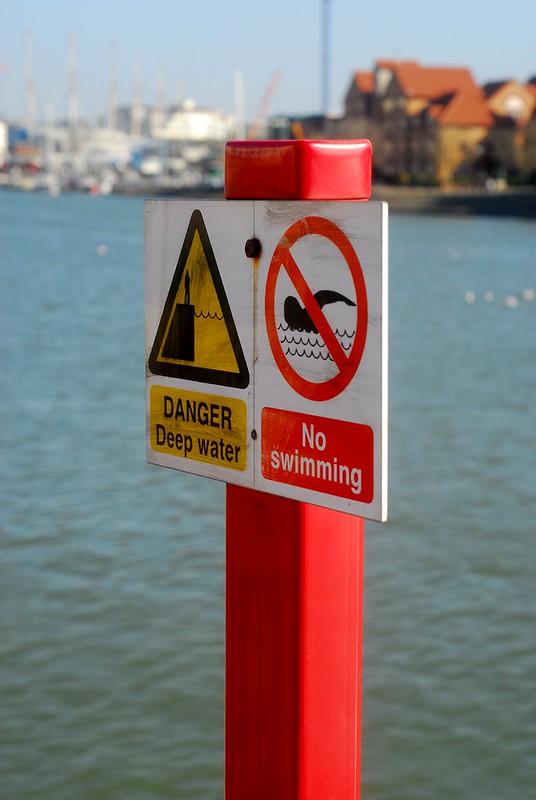
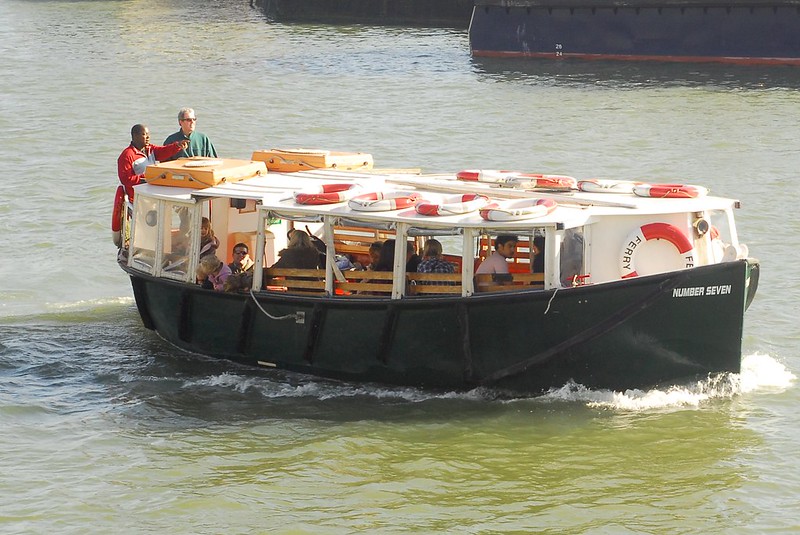
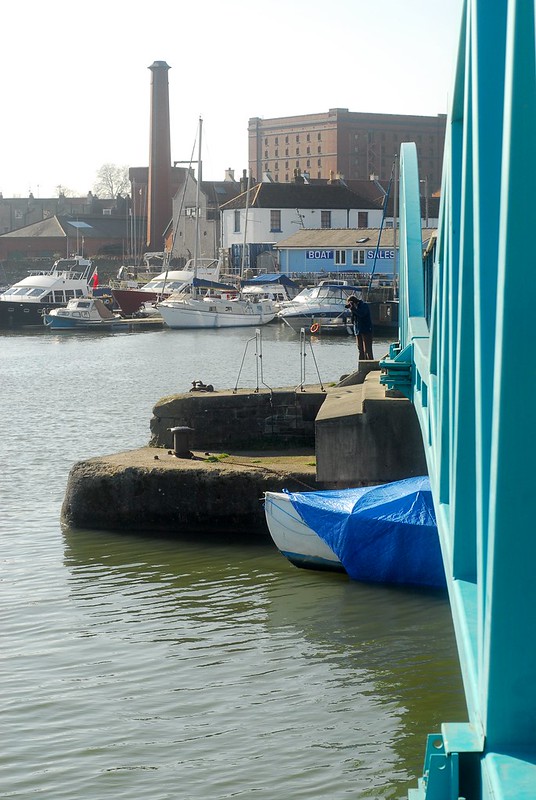

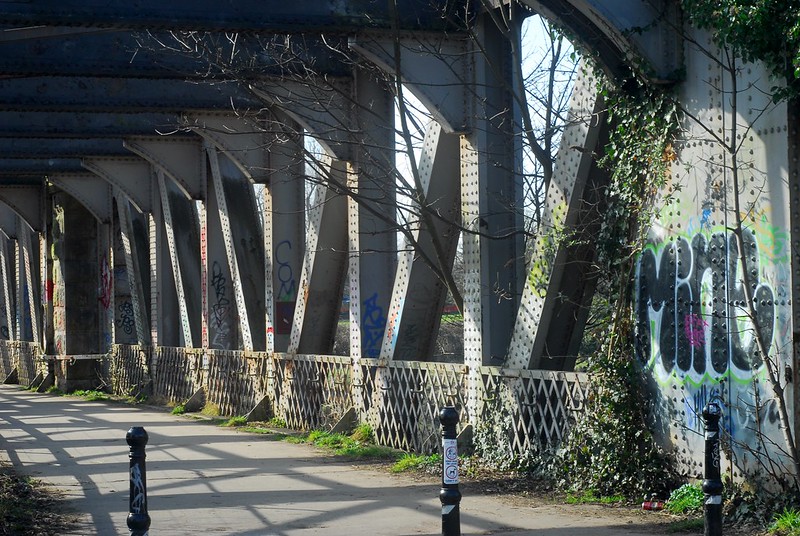
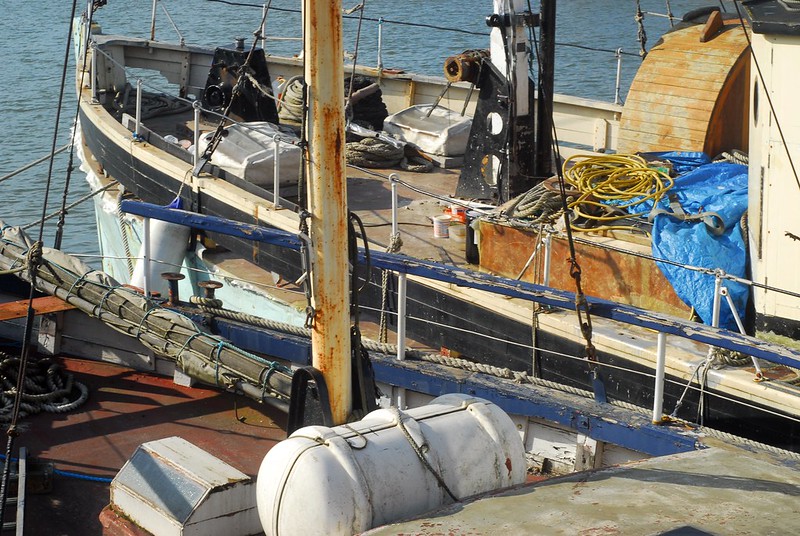
In which we confuse people
As it’s April 1st, here’s some almost-but-not-quite-believable information. Some of it is true, some of it isn’t. See if you can guess which is which.
 Newer posts »
Newer posts »